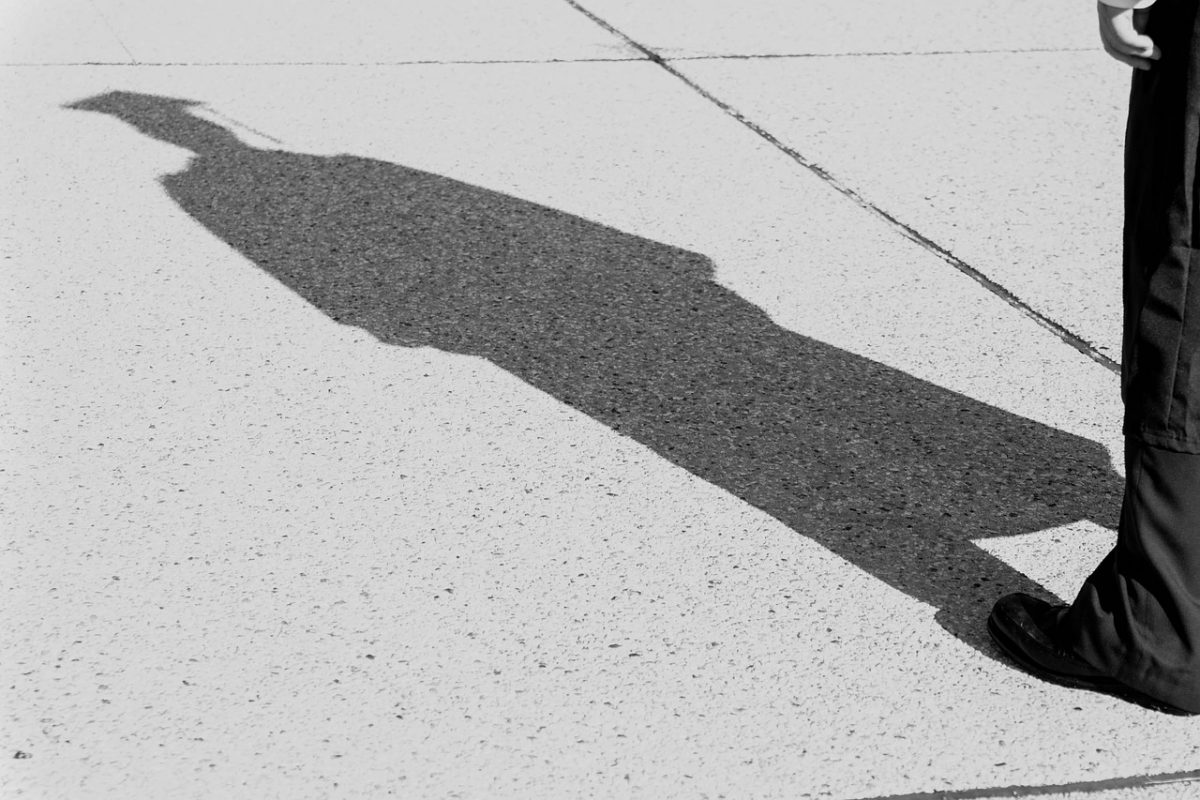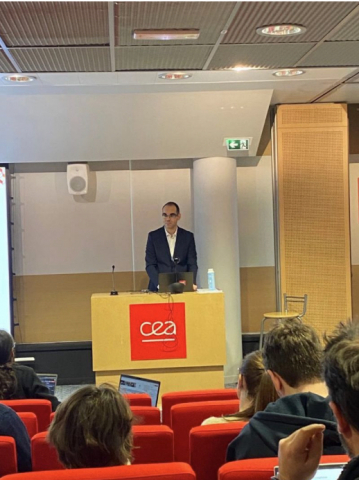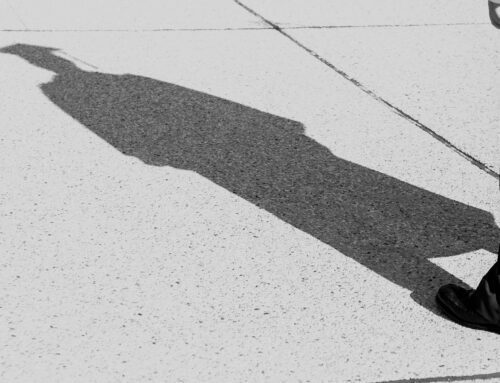Quentin PICARD will defend his doctoral thesis on Wednesday December 20, 2023 at 10am at CEA LIST Nano-INNOV (Université Paris-Saclay – Palaiseau). A Teams webcast is also available: https://teams.live.com/meet/9435044520901?p=neR9bCOYASnI5rpd
Title: Proposed data optimization mechanisms for real-time perception in a heterogeneous system
Keywords: SLAM, localization, 3D reconstruction, real-time, embedded systems, data reduction
Abstract
The development of autonomous systems is creating ever-increasing requirements for environmental perception in embedded electronic systems. Autonomous cars, drones and mixed-reality headsets all have limited form factors and energy power budgets for real-time performance. For example, the application cases cited have budgets ranging from 300W-10W, 15W-10W, and 10W-10mW, respectively. This thesis focuses on autonomous and mobile systems with a power budget of 10mW to 15W, using image sensors and inertial measurement units (IMUs). The Simultaneous Localization And Mapping (SLAM) method provides autonomous and mobile systems with an accurate and robust perception of the environment in real-time and without prior knowledge. This thesis aims to address the problem of real-time execution of the SLAM system as a whole, comprising advanced perception functions ranging from localization to 3D reconstruction on resource-constrained hardware. Within this framework, two main questions are posed in response to the challenges of the state of the art. How can the resource requirements of these perception functions be reduced? With SLAM, the accuracy and number of calculations to be carried out are highly dependent on the system’s motion. The IMU, which provides linear and angular accelerations, injects data according to the system’s motion. These key images are obtained using the adaptive filtering (AF) method. Although results depend on the difficulty of the chosen databases, experiments have shown that AF can decimate up to 80% of the images while ensuring a low localization error similar to the reference. The study of memory impact in the embedded context shows that peak consumption is reduced by up to 92%.
Composition of the doctoral thesis jury
| Membre du jury | Titre | Lieu d’exercice | Fonction dans le jury |
|---|---|---|---|
| Samia BOUCHAFA | Professeure des universités | Université Paris-Saclay (Univ. Évry) | Examinatrice |
| Stéphane CHEVOBBE | Ingénieur-Chercheur | CEA IRFU | Encadrant |
| Mehdi DAROUICH | Ingénieur-Chercheur | CEA LIST | Encadrant |
| Jean-Yves DIDIER | Professeur des Universités | Université Paris-Saclay (Univ. Évry) | Directeur de thèse |
| Jean-Philippe DIGUET | Directeur de recherche CNRS | CNRS, IRL Crossing | Examinateur |
| David FOFI | Professeur des Universités | Université Bourgogne Franche-Comté, ImVIA VIBOT | Rapporteur |
| Bertrand GRANADO | Professeur des Universités | Sorbonne Université, LIP6 | Rapporteur |
| Ezio MALIS | Directeur de recherche INRIA | Inria Sophia-Antipolis | Rapporteur |
| Muriel PRESSIGOUT | Maître de Conférences | INSA Rennes, IETR | Examinatrice |




